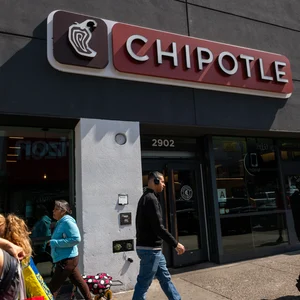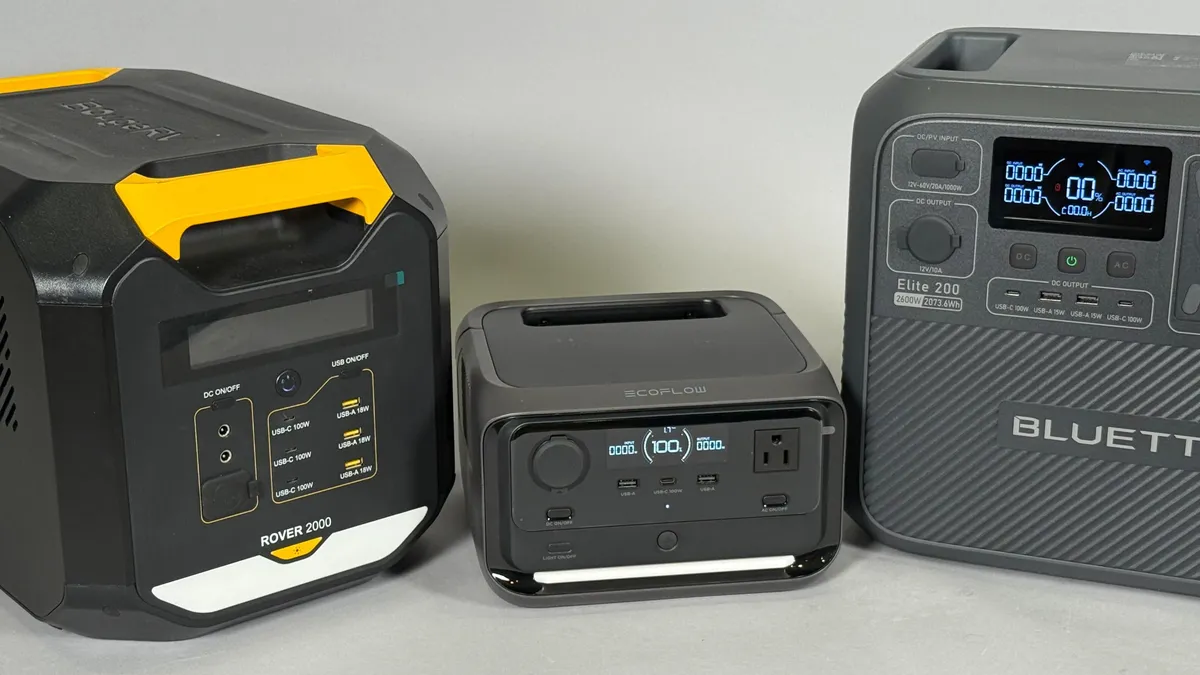Copyright qz

Amid a busy few weeks for restaurant earnings, new data is emerging that suggests a restaurant recession could be underway. The pullback is most marked among the young customers who have long propped up the boom in “fast-casual” restaurants — chains built on recognizable ingredients, counter service, and prices roughly 50% higher than fast food. Shares of Chipotle fell some 5% last week after the chain's earnings report showed that margins fell and comparable-store sales growth appeared barely positive. Sweetgreen and Cava, both of which report earnings this week, are similarly plunging as investors anticipate hard-hit margins, weaker traffic, and challenging same-store sales. Cash-strapped younger consumers Executives across the sector are pointing to the same worrying trend. Chipotle CEO Scott Boatwright spoke of “persistent macroeconomic pressures” last week, and told The Wall Street Journal in an interview that younger customers are “just eating with us less frequently, and they’re eating at home more often.” Sweetgreen CEO Jonathan Neman put it even more bluntly: “It’s pretty obvious that the consumer is not in a great place overall.” Behind it all is a weakening job market and a tidal wave of loan delinquencies that experts warn could prove far larger than past default crises. When younger customers' budgets tighten, “fast-casual” becomes neither fast nor cheap enough. And that leaves chains built on millennial and Gen Z loyalty facing a sobering reality: Even beloved brands can’t escape the pullback. Over the last 20 years, fast-casual chains — what the public intellectual Venkatesh Rao once dubbed the "premium mediocre" segment of the market — emerged as an affordable luxury, offering fresher, high-protein meals for young professionals, office workers, and gym-goers. Now more of those customers are eating at home. More than half of Gen Z respondents in a PwC survey said they plan to cut restaurant spending over the next six months. “It isn’t that difficult to replicate what you get there,” one UCLA law student told The Journal, after cutting his Chipotle visits from several times a week to twice a month. A retrenchment that reaches beyond burritos and salads Like younger consumers, lower-income consumers are more and more opting to eat at home, too. In its most recent quarter, McDonald’s reported double-digit declines in visits from low-income customers, another element of the "bifurcated" U.S. economy that Fed Chair Jerome Powell discussed last week. The wealthiest segment of American consumers continue to splash out on luxury travel and higher-end dining. But everyone else, from the middle class to the lower class, is pulling back. McDonald’s stock has lagged the major indexes this year, returning just 2% versus the S&P 500’s almost 17% gain. But that's nothing compared to shares of fast-casual chains. Such stocks have been much harder hit, with Chipotle stock down 50% so far this year, and Sweetgreen down a whopping 80%. 📬 Sign up for the Daily Brief



